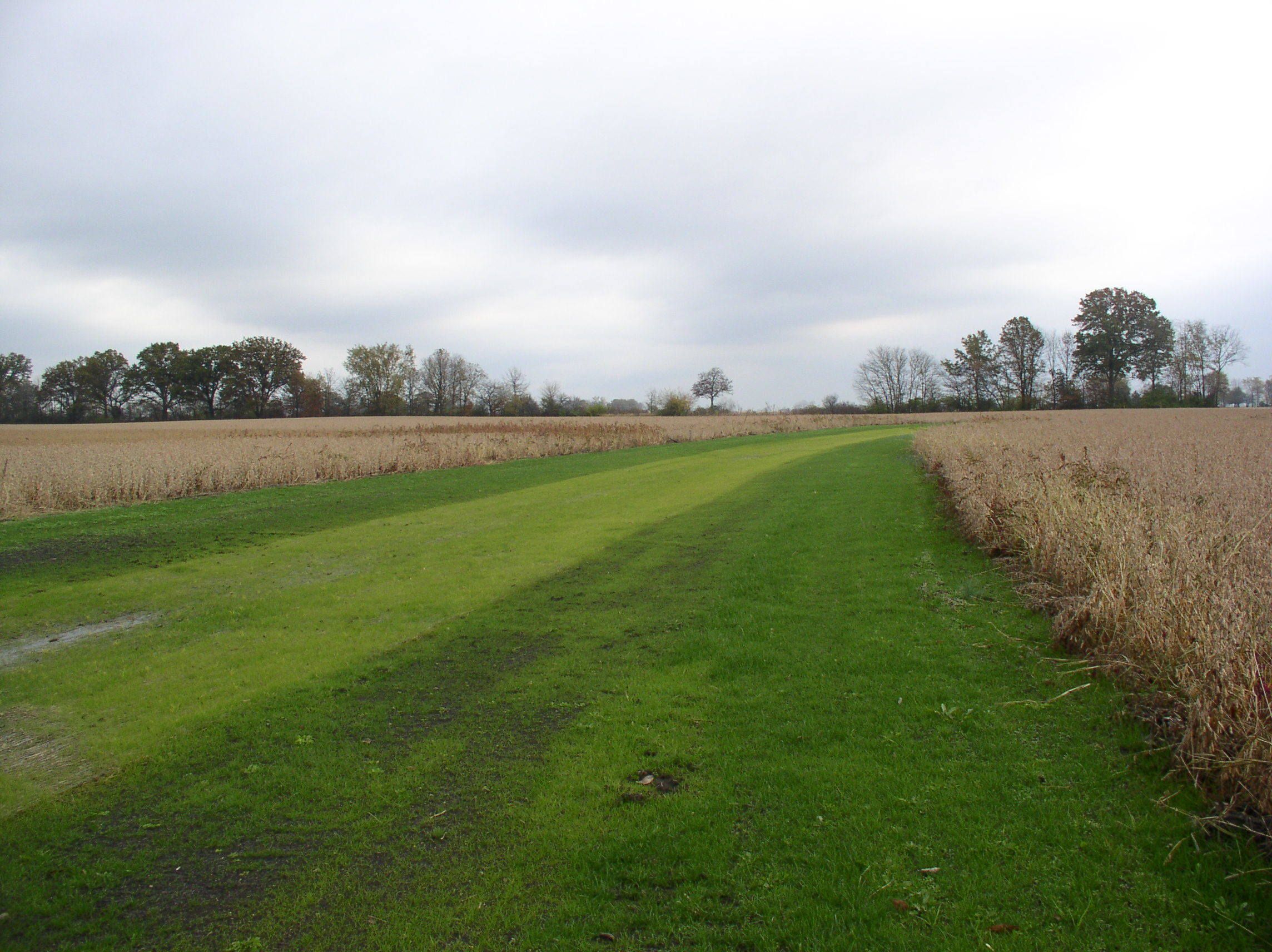Local Agricultural Easement Purchase Program (LAEPP)
If you are interested in the Madison County Agricultural Easement Purchase Program, here’s what you need to know.
What is an Agricultural Easement?
An agricultural easement is a voluntary, permanent, legally binding restriction placed on a farm. The easement limits landowners’ use of the land to predominantly agricultural activity.
What are the benefits of an ag easement?
The benefit of an ag easement is it protects threatened agricultural land and keeps it in agricultural use. Additionally, the funds from the sale of the easement can be used in any way. Participants have expanded their operation by buying land, planting more acres or adding livestock after selling their easement. Also, participants have used the funds to pay off debt.
How large does my farm need to be to qualify?
(1) at least 40 acres in size (or 10 – 39 acres if contiguous to existing protected land);
(2) enrolled in the Current Agricultural Use Valuation (CAUV) program; and
(3) enrolled in an Agricultural District (see below)
Who holds the easement?
The Madison County Commissioners would be the co-holders of the easement along with the Ohio Department of Agriculture and, occasionally, the Natural Resources Conservation Service.
Who monitors the easement?
The Madison Soil and Water Conservation District monitors the easements, giving a 10-day notice and scheduling an annual visit. Staff documents changes on the farm or ownership, checks on the CAUV and Ag District status, and verifies compliance with the conservation plan and easement.
The landowner pays a one-time 1% stewardship fee, based on the purchase price, to Madison Soil and Water Conservation District to cover costs of long-term monitoring and defense of the easement. This fee may either be paid out of the settlement or by check.
How much funds are in the Madison County Agricultural Easement Purchase Program?
It varies every year. In 2025, the Madison County Commissioners were awarded $174,072 from the Ohio Department of Agriculture to purchase agricultural easements from willing landowners who wish to preserve his or her farm in perpetuity. Farms with the highest scores are offered a price for their easement based on the score, not to exceed $2,000/acre and $500,000 total.
How does a landowner apply?
The Madison SWCD implements this program for the Madison County Commissioners and helps submit applications on a landowner’s behalf to the Ohio Department of Agriculture (ODA) for consideration. Interested landowners are encouraged to contact us for more information
Agricultural Districts
To apply for the Farmland Preservation Program, your farm must be enrolled in the Agricultural District program.
Agricultural district is a tract, lot or parcel of land that, upon application by the landowner to the county auditor, receives an identity of being devoted to agricultural use and thereby receives statutory benefits. The agricultural district program uses similar minimum criteria for land to qualify as is used for CAUV; however, a separate application is needed for each program. In other words, your farm is not automatically in the ag district program if it is qualified for CAUV. An agricultural district is a commitment for five years.
Benefits of being in an Ag District
Nuisance suits protection - Agricultural district status can protect farmers from nuisance lawsuits as long as the farmer is following acceptable best management practices. This can serve as an affirmative defense in frivolous lawsuits for odors and noises associated with agriculture.
Deferring assessments - The extension of water, sewer and electric lines can impact a farm. These lines are usually paid for by the landowner and often assessed on frontage. A farmer with extensive frontage could face costs large enough to require selling a portion of the farm. To prevent that, the law defers the assessments on agricultural district farmland until the land is changed to another use or withdrawn from the agricultural district.
Scrutiny of eminent domain acquisitions - If eminent domain is used on 10 acres or 10 percent of the total agricultural district land, whichever is greater, the law calls for a review by the state director of agriculture to determine if an alternative to the proposed project is possible. The result might be a re-evaluation of the project with less or no agricultural land being taken.
How to enroll in an Ag District
Please contact the Madison County Auditor Office for more information about the agricultural district program. The completed application must be filed with the auditor between January and March of each year.
Additional Landowner Resources
-
Download the brochure for a general overview about the Clean Ohio Local Agricultural Easement Purchase Program (LAEPP), which provides funding to farmland owners for placing an agricultural easement on their property.
-
When reading the easement, Local Sponsors, landowners, and professional advisors should focus on the Prohibited Uses or Restrictions and Grantor’s Reserved Rights. These sections detail the permitted and prohibited uses on the property. These clauses govern the agricultural and residential activities permitted on the agricultural property.
-
This link will take you off the Madison SWCD website to another page maintained by the Ohio Department of Agriculture Office of Farmland Preservation.

